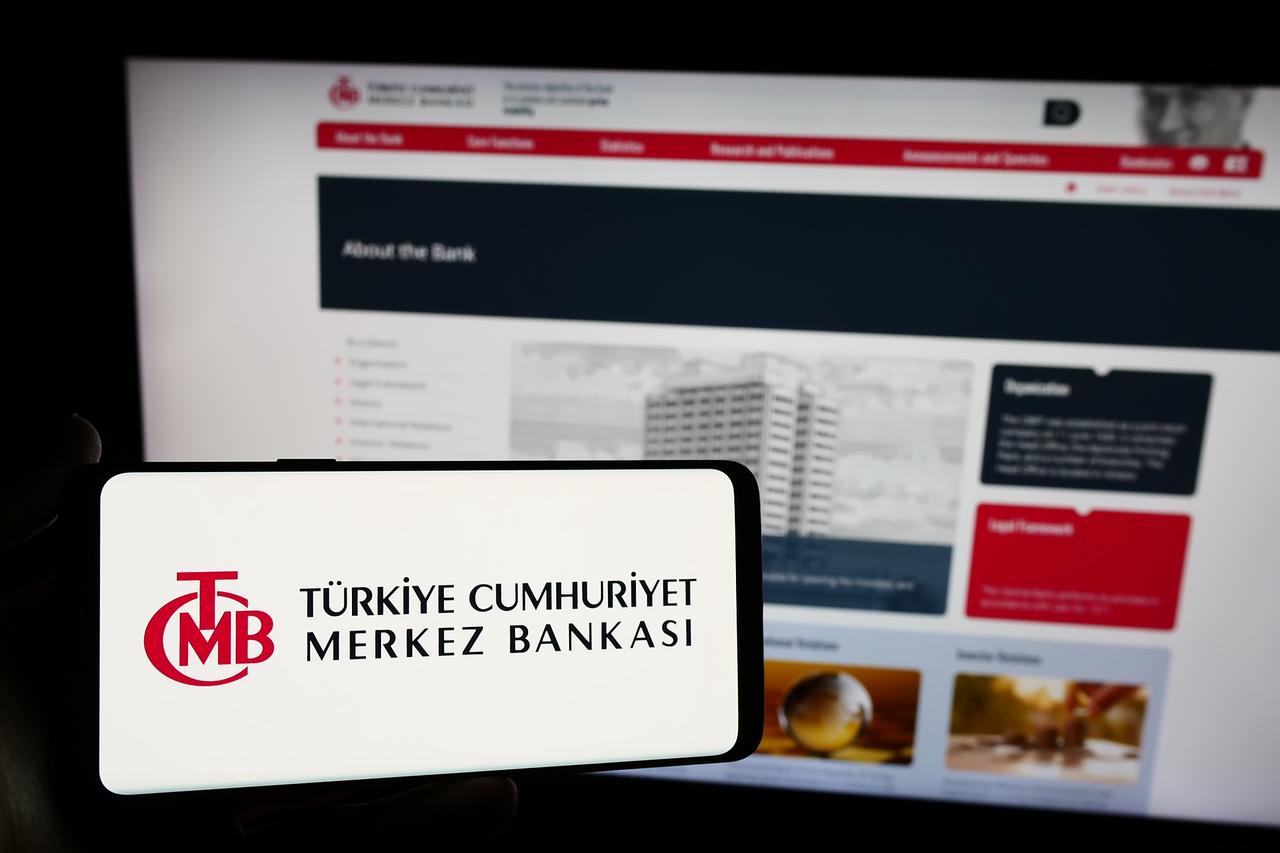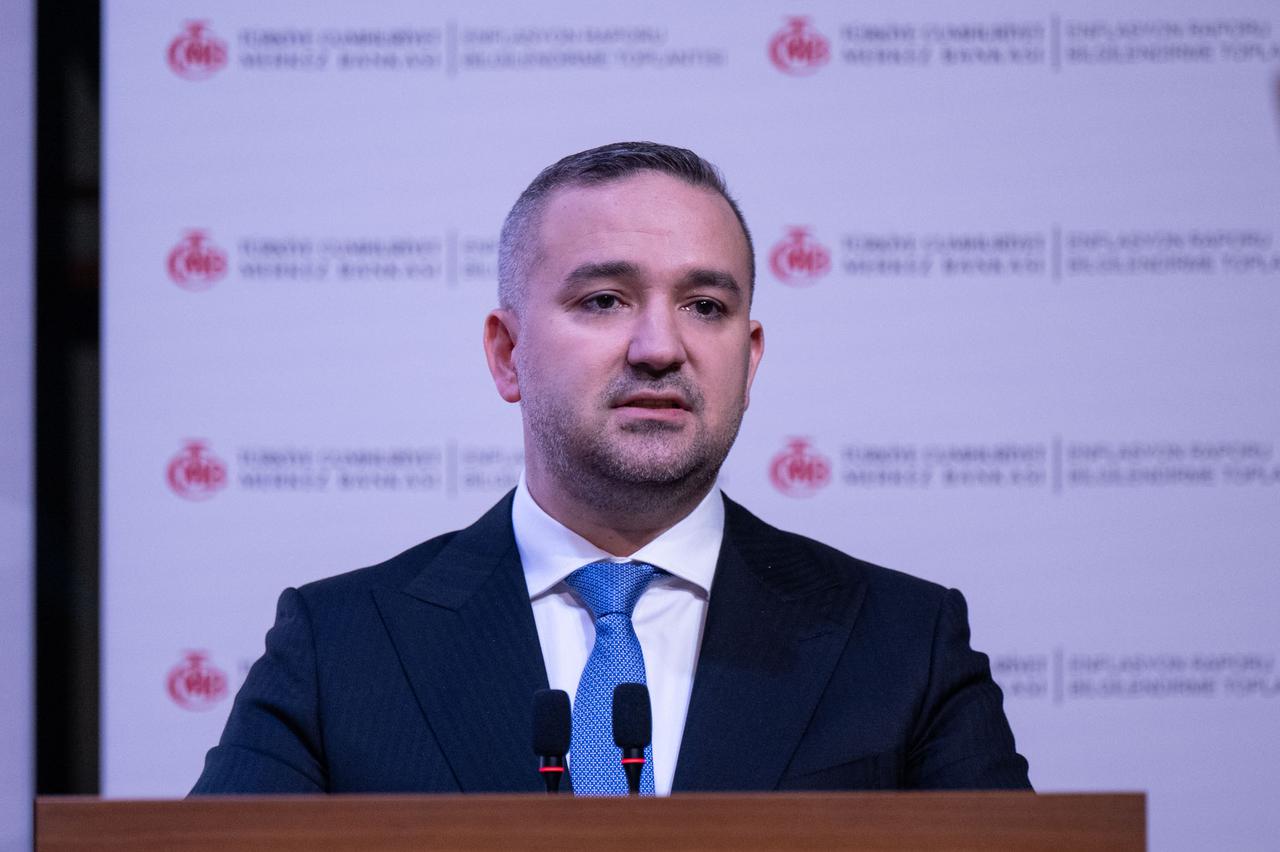
Turkish Central Bank's (CBRT) decision to cut its policy rate by 300 basis points from 43% was welcomed by the business community.
The surprise decision on Thursday was seen by both Turkish and global business circles as a move to ease financial burdens and stimulate economic activity.
Istanbul Chamber of Commerce (ITO) President Sekib Avdagic stated that the interest rate cut was in line with the expectations of the business world and that it would make it easier for small and media enterprises (SMEs) in particular to access credit. Avdagic said that lower financing costs were essential for producers and exporters to remain competitive. Nail Olpak, Chairman of the Foreign Economic Relations Board (DEIK), described the decision as a “confidence-building step,” while acknowledging that interest rates remain high.
Mustafa Gultepe, President of the Turkish Exporters Assembly (TIM), described the cut as “positive but insufficient,” saying that deeper and faster interest rate cuts were needed to maintain momentum in industry. Gultepe drew attention to the need for long-term and accessible financing to support investment and production.

Ankara Chamber of Commerce (ATO) President Gursel Baran also stated that the reduction would improve the trade, investment, and production environment. Baran highlighted the need for additional steps to increase SMEs' access to finance and said that the fight against inflation must continue uninterrupted.
Economists believe that future interest rate decisions will be shaped by incoming data and inflation trends. AA Finance Analyst Haluk Burumekci predicted that the policy rate could be lowered to 36 percent by the end of the year and stated that the Central Bank had signaled a meeting-based approach.
This first-rate cut following the financial turmoil in March exceeded Deutsche Bank's forecast. Deutsche Bank had announced that it expected a 250 basis point cut at the July meeting. However, according to the bank, this move by the CBRT is seen as a sign of cautious easing in monetary policy. Maintaining asymmetry in the interest rate corridor gives the Central Bank the flexibility to raise the funding rate to 46% when necessary.
In its decision text, the CBRT stated that the slowdown in domestic demand supported the disinflation process, while emphasizing that the expected increase in inflation in July would be temporary. The bank signaled another interest rate cut in September without changing its guidance. The size of the cuts will be determined on a meeting-by-meeting basis, depending on the inflation outlook.